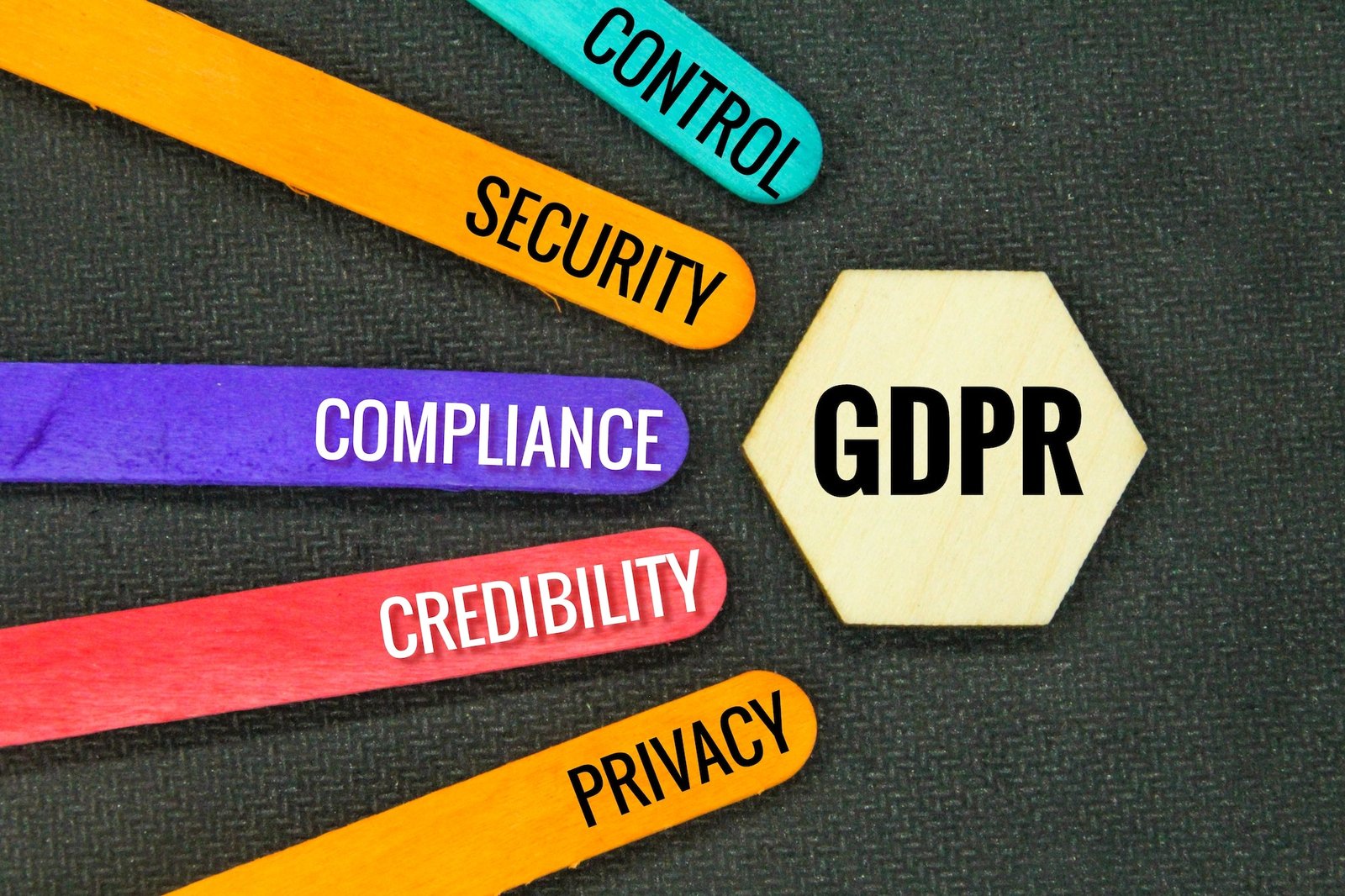
How To Secure A WordPress Website
There are several steps you can take to secure your WordPress website:
- Keep WordPress and your plugins and themes up to date: Outdated software can contain security vulnerabilities that hackers can exploit. Make sure to update WordPress and your plugins and themes regularly.
- Use strong passwords: Choose strong, unique passwords for your WordPress login and for any other accounts on your website. Avoid using the same password for multiple accounts.
- Use two-factor authentication: Enable two-factor authentication (2FA) for your WordPress login to add an extra layer of security. This requires you to enter a code sent to your phone or email in addition to your password when logging in.
- Limit login attempts: Install a plugin that limits the number of login attempts a user can make before being locked out. This can prevent hackers from using brute force attacks to guess your password.
- Install a security plugin: There are several security plugins available that can help protect your website from malware, ransomware, and other threats. Some popular options include Wordfence, Sucuri, and iThemes Security.
- Use SSL: Install an SSL certificate on your website to encrypt traffic between your website and your visitors’ browsers. This can help protect against man-in-the-middle attacks and make it more difficult for hackers to intercept sensitive data.
- Regularly back up your website: Regularly backing up your website can help you recover from a security breach or other disaster. Make sure to store your backups in a safe location, such as an external hard drive or cloud storage service.
By following these steps, you can help secure your WordPress website and protect it from potential threats.



